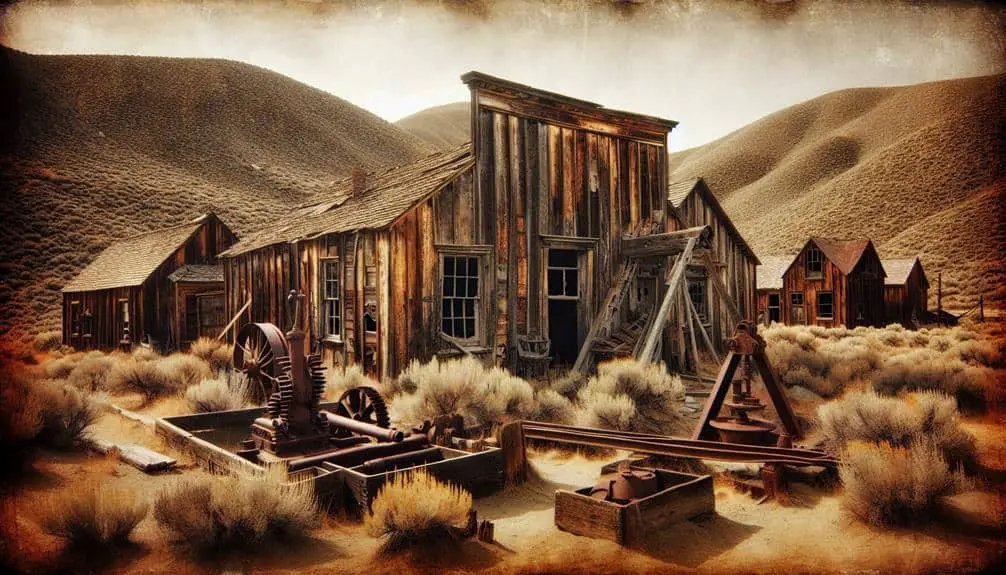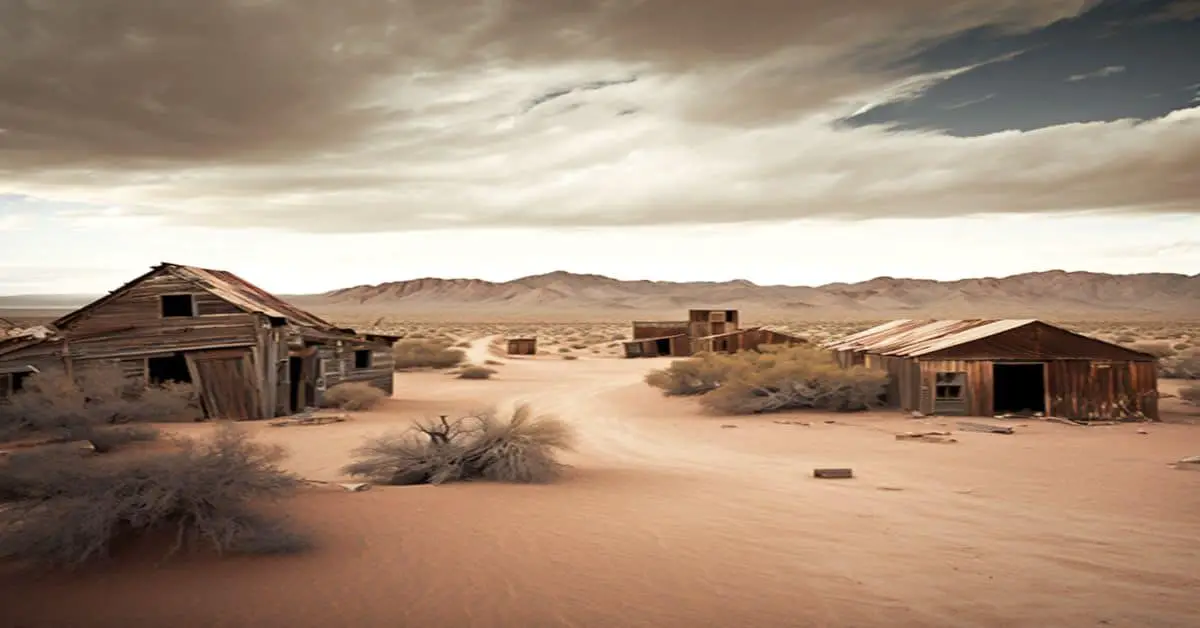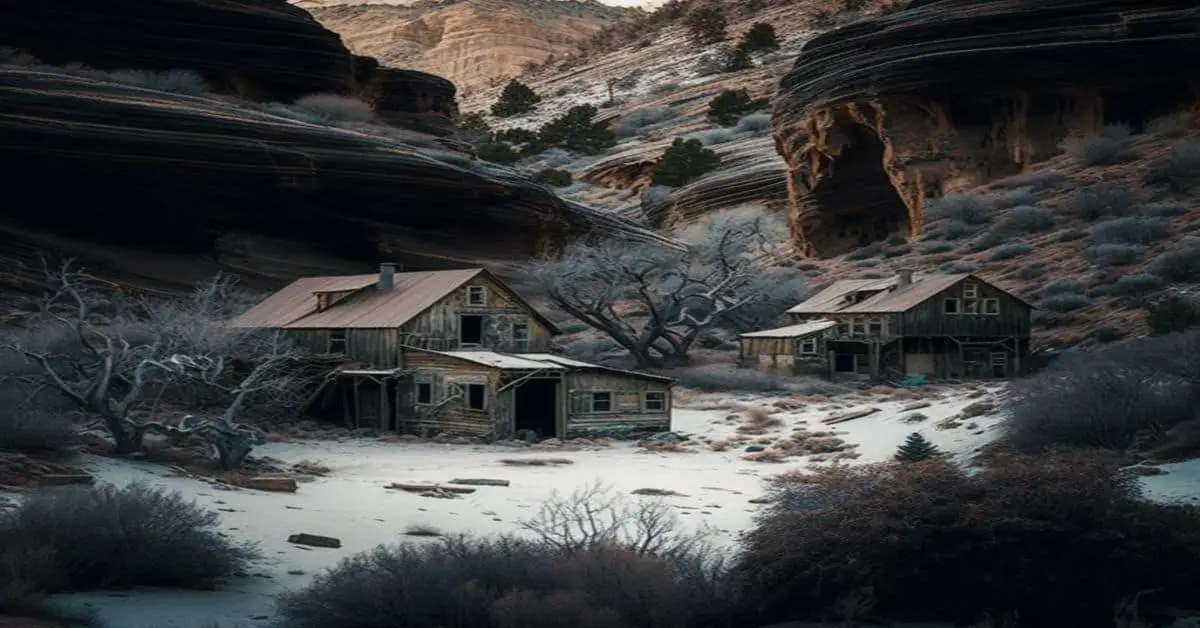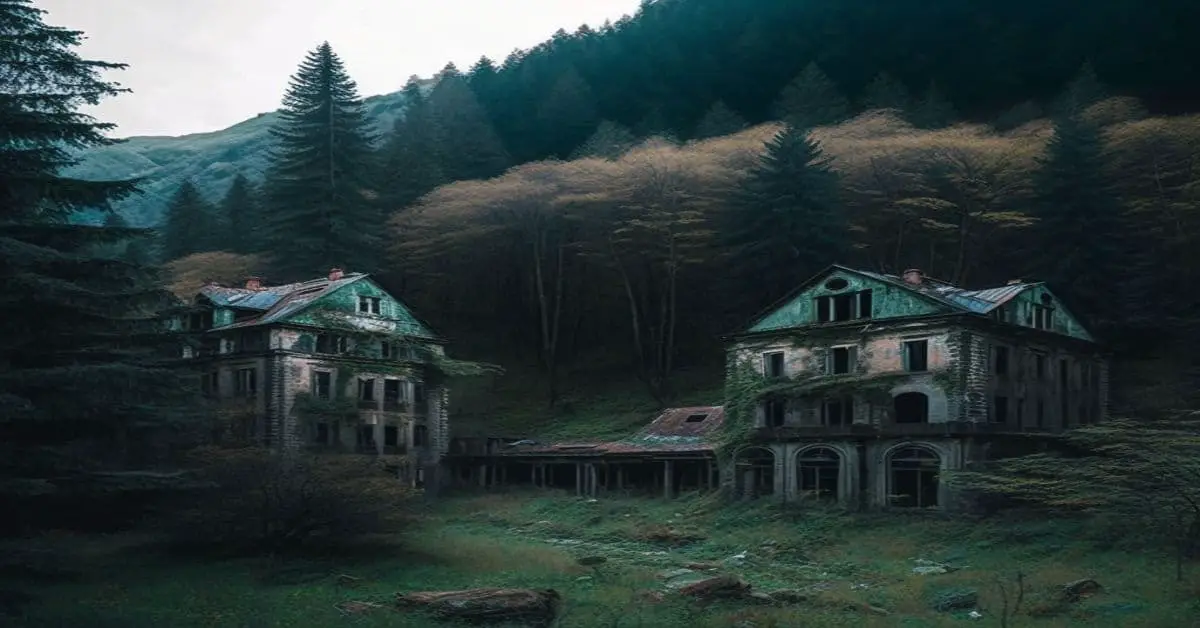Step into history as you explore abandoned gold rush settlements in California. Witness the remnants of once-thriving towns, now silent witnesses to a bygone era. These ghost towns tell tales of prosperity, adversity, and the transient nature of wealth. Experience the echoes of pioneers' resilience and determination as you stroll through these historic sites. Discover the allure and eventual demise of these communities, offering a glimpse into California's rich Gold Rush legacy. Uncover more about the origins, life, and preservation efforts of these abandoned settlements. Explore deeper into the past and unravel the mysteries of the Gold Rush era.
Key Points
- Ghost towns showcase remnants of abandoned Gold Rush settlements.
- Life in these towns reflected perseverance and community spirit.
- Preservation challenges include funding, decay, and regulatory hurdles.
- Exploring these sites offers a tangible connection to history.
- Appreciating pioneers' resilience and imagining past activities enriches understanding.
Origins of California Gold Rush
The California Gold Rush began in 1848 when gold was discovered at Sutter's Mill, sparking a massive influx of prospectors seeking their fortunes in the rugged terrain of the Sierra Nevada mountains. This event triggered one of the largest migrations in American history, as people from all walks of life rushed to California in search of riches. The impact of this migration was profound, shaping not only the demographics of the region but also its economy and social fabric.
The rapid population growth transformed California from a sparsely populated territory to a bustling hub of activity almost overnight. Towns sprang up where there was once only wilderness, creating a vibrant economy centered around the extraction and trade of gold. The influx of people also led to the establishment of new industries to support the growing population, further fueling the state's economic development.
Boom and Bust of Mining Camps
Amidst the fervor of the California Gold Rush, mining camps across the Sierra Nevada experienced rapid cycles of prosperity and decline. The economic impact of these boom and bust cycles was profound. During times of prosperity, the camps buzzed with activity as miners extracted gold from the earth, leading to a surge in wealth and commerce. Businesses flourished, and new infrastructure was developed to support the growing population.
However, as the easily accessible gold dwindled, the camps faced a swift decline. Miners moved on to new discoveries, leaving ghost towns in their wake. These abandoned mining camps now serve as cultural relics, offering a glimpse into the past. The preserved buildings, tools, and artifacts tell the story of the people who once inhabited these remote areas, showcasing the ingenuity and resilience of those who sought their fortunes in the rugged terrain of the Sierra Nevada.
The boom and bust of mining camps stand as a confirmation to the transient nature of wealth and the enduring legacy of the California Gold Rush.
Life in Abandoned Gold Towns
Life in these abandoned gold towns paints a vivid picture of the challenges and triumphs faced by the settlers who once called these desolate landscapes home. Ghost towns, as they're often called, stand as reminders of forgotten communities where the echoes of bustling streets and hopeful dreams still linger amidst the dilapidated structures. In these once-thriving hubs of activity, life was rugged and unpredictable.
Residents of these ghost towns lived in constant anticipation of striking it rich, enduring harsh living conditions and scarce resources. Yet, amidst the hardships, a strong sense of community and camaraderie prevailed. People supported each other, forming tight-knit bonds to weather the storms of uncertainty that came with the boom-and-bust cycles of gold mining.
The abandoned gold towns tell stories of perseverance and resilience, painting a poignant picture of the human spirit's ability to adapt and endure in the face of adversity. Exploring these ghost towns offers a glimpse into a bygone era, where hope, determination, and the pursuit of fortune defined the lives of those who once walked these now-silent streets.
Preservation Efforts and Challenges
Preservation of the abandoned gold rush settlements in California poses significant challenges due to the harsh environmental conditions and the ongoing threat of deterioration. To effectively address these challenges and guarantee the protection of these historical sites, various preservation initiatives and community involvement are essential.
Here are some key factors influencing preservation efforts and the challenges faced:
- Limited Funding: Securing adequate resources for conservation and maintenance projects can be a major obstacle.
- Environmental Degradation: Natural elements like wildfires, erosion, and earthquakes contribute to the decay of structures.
- Lack of Awareness: Many people are unaware of the historical significance of these sites, hindering support for preservation.
- Regulatory Obstacles: Navigating complex regulations and obtaining permits for restoration work can be time-consuming.
- Community Engagement: Involving local communities in preservation efforts fosters a sense of ownership and responsibility for these historic landmarks.
Touring Forgotten Gold Rush Sites
Exploring the forgotten gold rush sites in California offers a fascinating journey through history, uncovering the remnants of a bygone era that shaped the state's landscape and culture. As you venture through these abandoned settlements, you'll encounter a tangible connection to the past, with dilapidated buildings and rusted mining equipment serving as silent witnesses to the frenzied pursuit of gold that once gripped the region.
Discovering these ruins provides a unique opportunity to appreciate the historical significance of the Gold Rush era, understanding the hardships endured by miners and the impact of this period on California's development. Walking through the deserted streets and exploring the crumbling structures allows you to imagine the bustling activity that once filled these now quiet ghost towns.
Each site you visit offers a glimpse into the challenges and triumphs of the pioneers who sought their fortunes in the rugged terrain of California. By immersing yourself in the history of these forgotten gold rush sites, you can gain a deeper appreciation for the resilience and determination of those who shaped the state's early years.
Frequently Asked Questions
What Specific Tools and Techniques Did Miners Use to Extract Gold From the Mines During the California Gold Rush?
You'd use basic tools like pickaxes and pans to mine for gold during the rush in California. Shovels, cradles, and hydraulic mining came into play for larger operations. These methods continue to reveal the past.
How Did the Population Demographics of the Mining Camps Change Over Time as the Gold Rush Progressed?
As the gold rush progressed, mining camps saw significant shifts in population demographics. Gender dynamics evolved as more women arrived, labor shifted with technological advancements, while ethnic diversity led to social tensions among different groups seeking fortune.
What Were Some of the Lesser-Known Industries That Developed in Abandoned Gold Towns Once the Mining Boom Had Ended?
In abandoned gold towns, agricultural innovations blossomed, economic diversification thrived. Cultural influences mingled, shaping new social dynamics. As the mining boom faded, these lesser-known industries emerged, breathing life into once-desolate settlements, transforming them into vibrant communities.
Are There Any Ghost Stories or Legends Associated With the Abandoned Gold Rush Settlements in California?
You might find ghostly encounters and supernatural occurrences linked to those abandoned gold rush settlements in California. Legends speak of eerie sightings and unexplained phenomena, adding a mysterious aura to these deserted towns.
How Have Modern Technologies and Methods Been Utilized in Preservation Efforts to Protect and Maintain These Historical Sites?
To protect historical sites, preservation technologies like LiDAR and 3D modeling are employed. Archaeological methods uncover hidden truths. Conservation strategies guarantee long-term survival. Historical restoration brings the past to life, safeguarding it for future generations.



